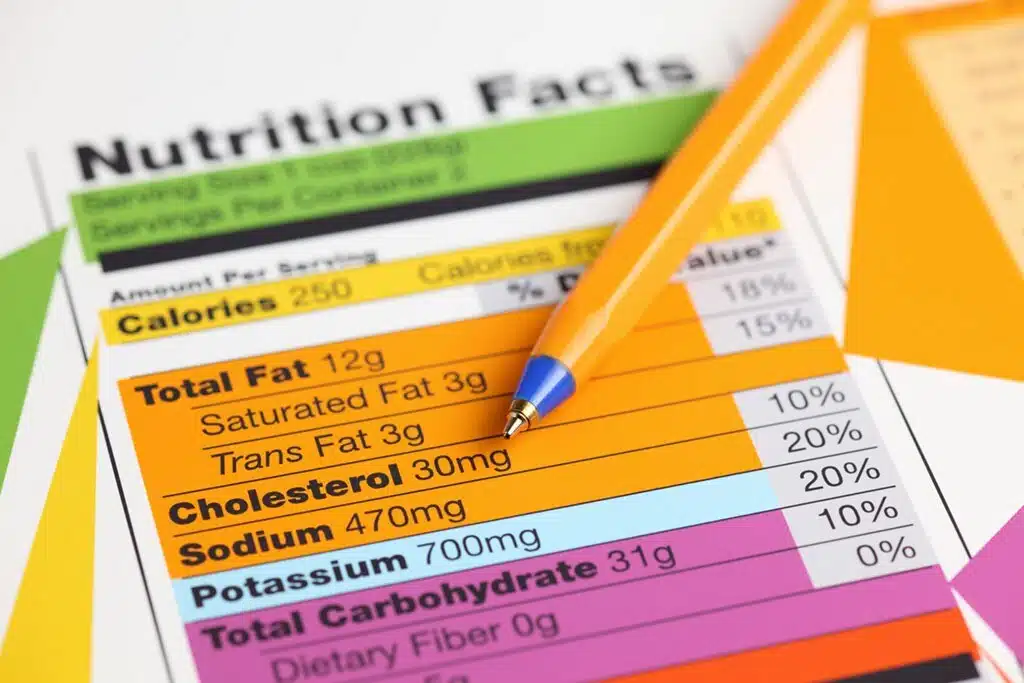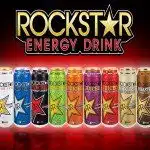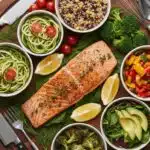Food Labels
We’ve all been there: walking down the grocery aisle and getting lost in a sea of brightly colored packaging and delicious sounding snacks. It’s hard to avoid all the temptations when you’re on a diet or cutting down on a certain food. Even when we’re trying to pick healthy products, it’s easy for food companies to persuade us with catchy phrases that sound healthy or nutrition labels that seem to be lacking all the bad stuff.
Unfortunately, the FDA and other food regulation laws can be pretty lenient when it comes to deeming what is “healthy”, and those big brand food producers work really hard to cover up all the bad ingredients that are in our groceries. It’s important to learn what phrases on packaging to avoid and how to properly read a food label.
Guidelines for Reading a Nutrition Label
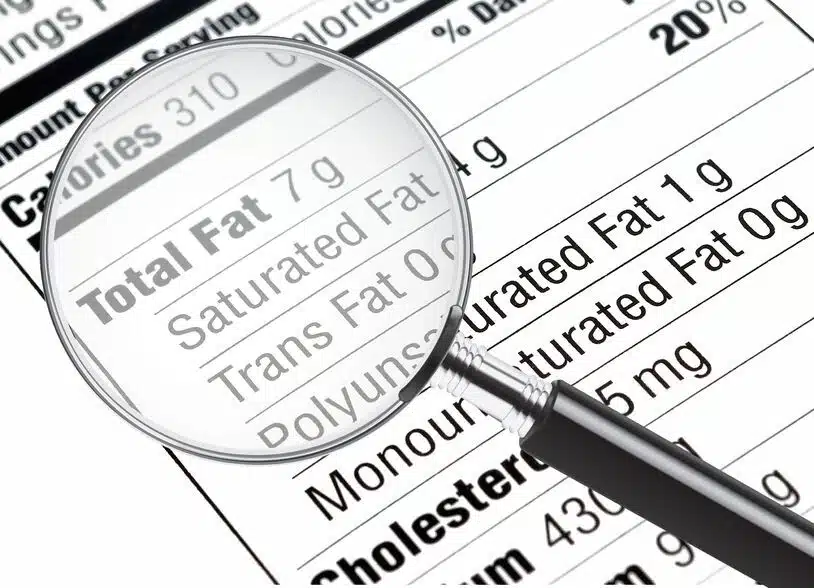
At first glance, the food labels on your box of crackers may seem a little overwhelming, but simply knowing where to find certain information and some basic tips are all you really need to know.
- Start at the top of the label. Look for serving size, calories and fat calories. The serving size is the most important part here. While 70 calories seem like a great snack size, the serving size may only be 3 crackers, and that isn’t going to fill you up! What you may think is an appropriate serving size isn’t what is always on the label.
- Next, look at the amount of fat. This part is usually separated into saturated and unsaturated fat. The rule of thumb is that unsaturated fat is good, and saturated fat is bad. Ideally, you don’t want to see any saturated fat on your nutrition label. Here’s the other place food companies can get you: if there’s less than a half gram of trans fat in a serving (and, remember, serving sizes can be quite small), it’s not required to be listed on the nutrition label. It’s very likely we are all consuming more fat than we assume!
- Read through the actual ingredient list. All ingredients work the same way: whatever is listed first is what there is the most of in that product, and the last item listed being the least amount. If corn syrup is one of the first ingredients listed, you should probably put that item back on the shelf!
Catchy Phrases to Avoid
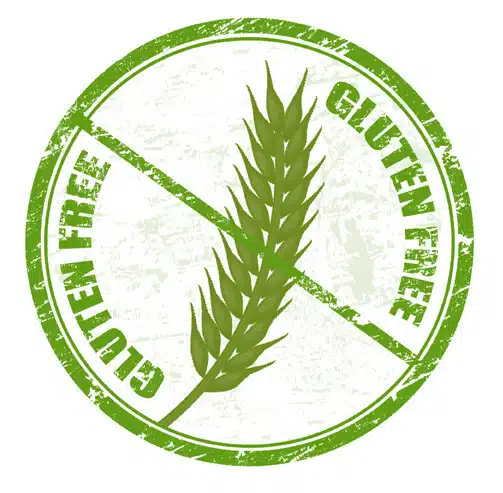
There’s a few phrases that we see very often on food packaging now. Phrases like “gluten-free”, “sugar-free”, or “low fat” are all incredibly common, but it usually doesn’t mean squat!
The phrase “gluten free” is slapped on just about anything that doesn’t have wheat in it. If you are not actually gluten intolerant, then this label holds absolutely no nutritional value for you.
When a product says it’s “sugar free”, it is truthful to say that there is no white sugar in the product. However, that sugar is being replaced with artificial sweeteners, which are just as bad (if not worse). Our bodies still process artificial sweetener like regular sugar, so they ultimately cause the same health problems.
“Low fat” may seem appealing at first; but, really, this just means that more sugar has been added. The big name food companies still need their product to taste good. If they remove fat, that have to make up for it somewhere.
These are just a few basic tips on how food companies can trick us into thinking their food product is healthy, when it’s really not. Knowing how to read food labels and some common phrases can help you to choose healthier food options at the grocery store and improve your own health altogether.

Say Hi to SelfWeightLoss’s Guest Authors! Many talented authors have submitted their article and contributed to get it bigger. Browse through this page. You may find the right author for you. If you think you would like to contribute to the blog, Please visit this page: https://selfweightloss.com/write-for-us and follow its guidance. Thank you!



